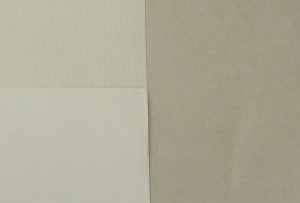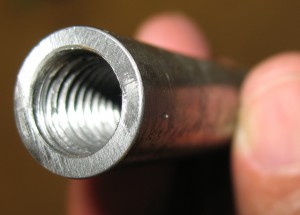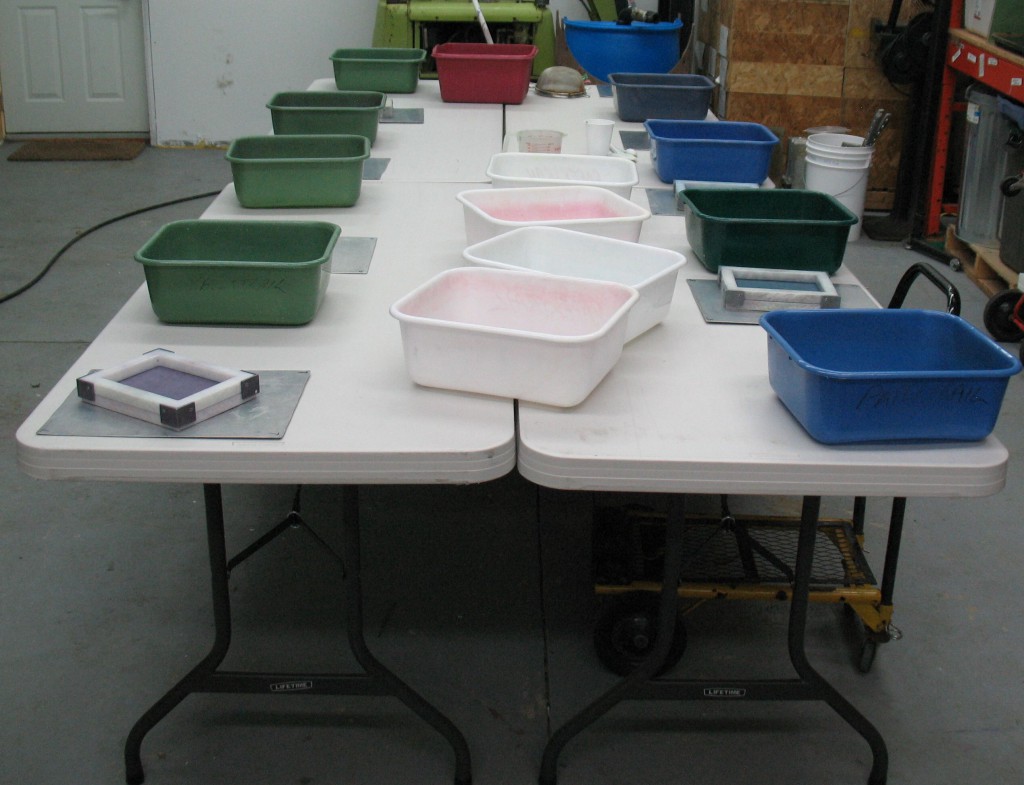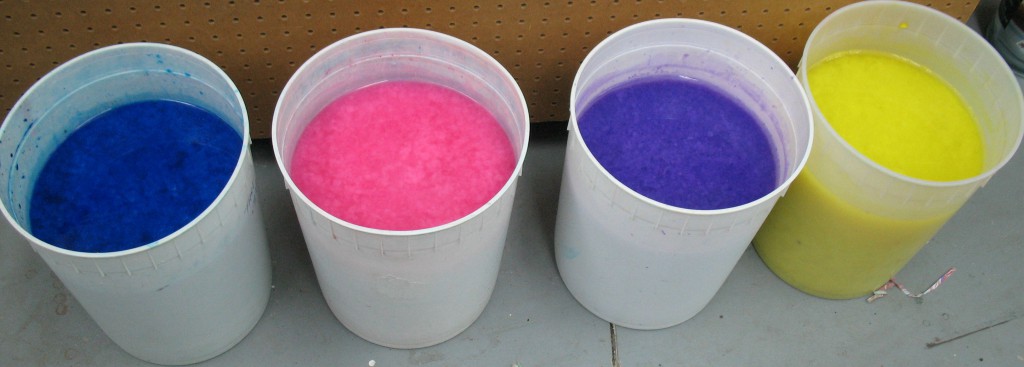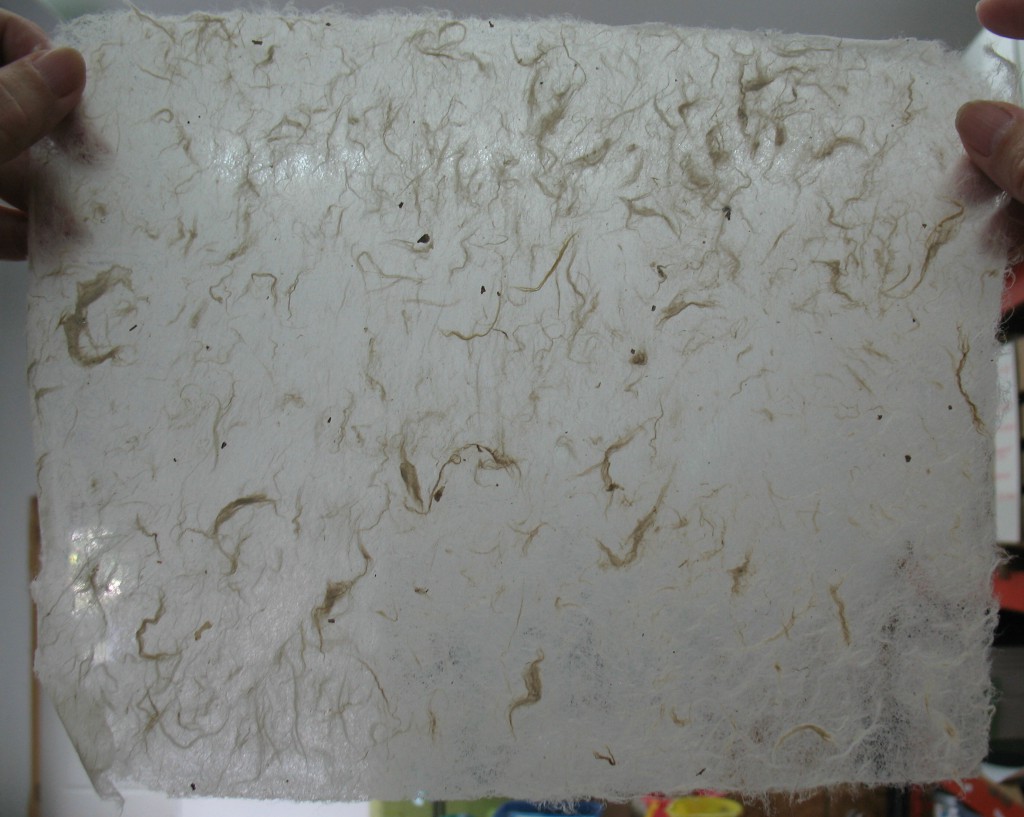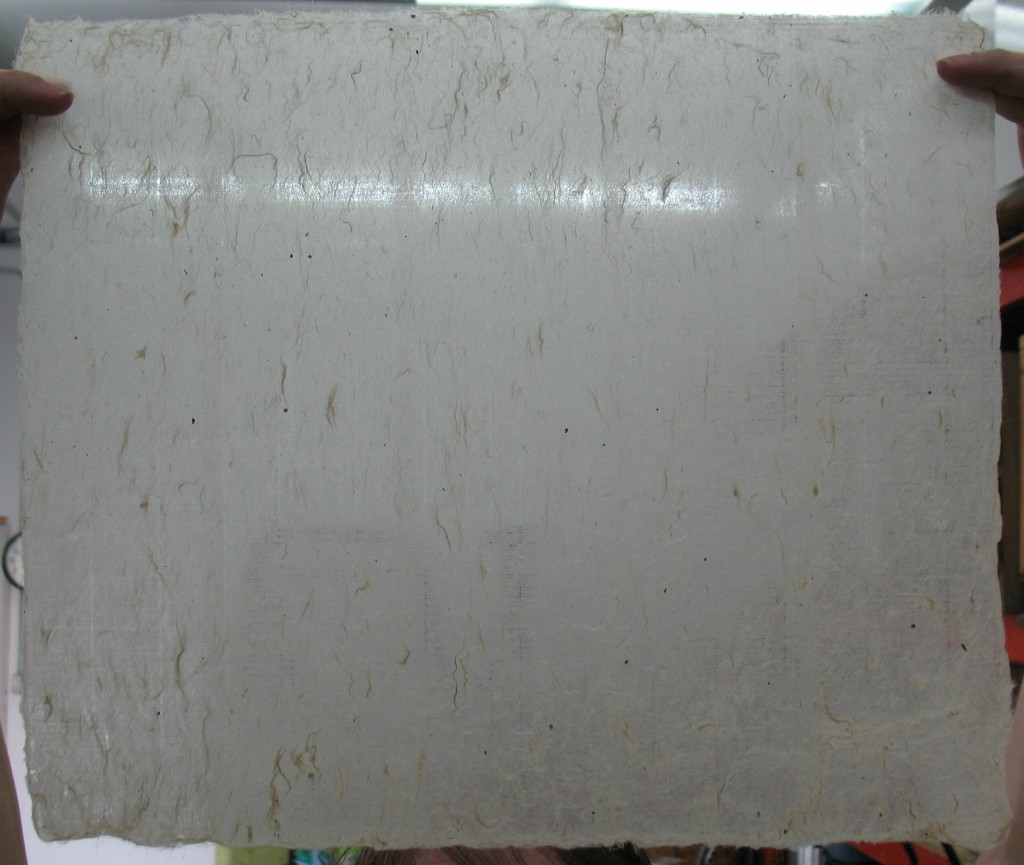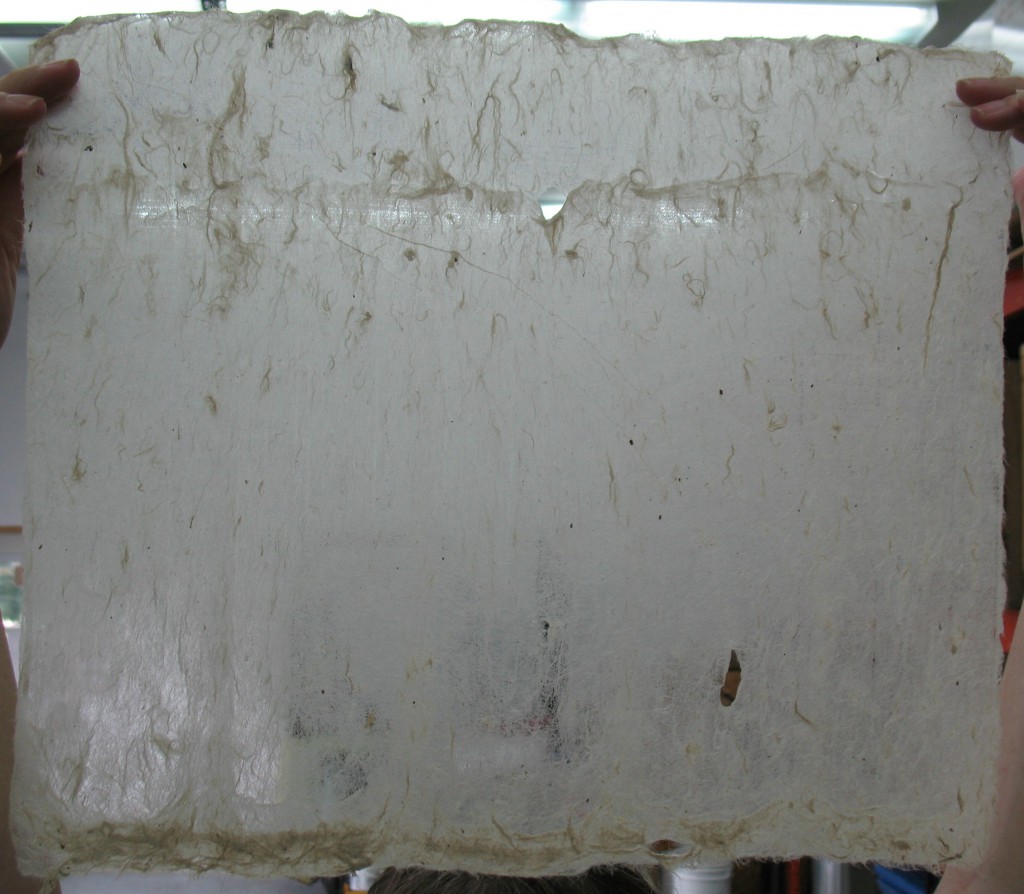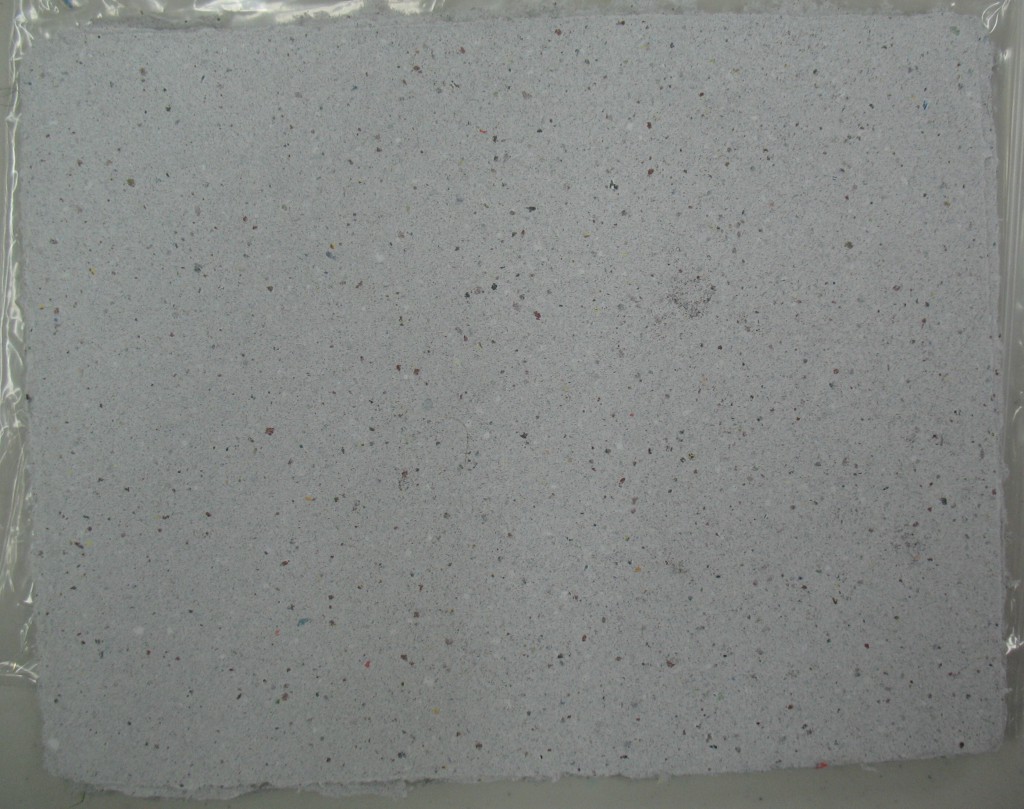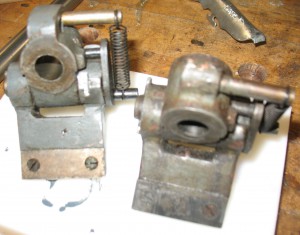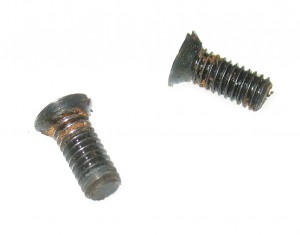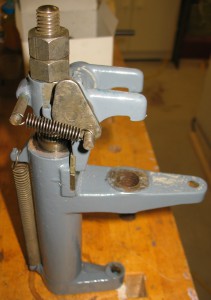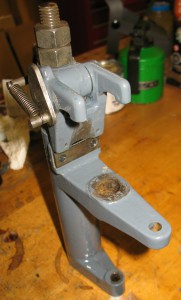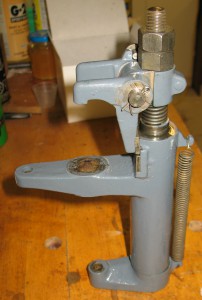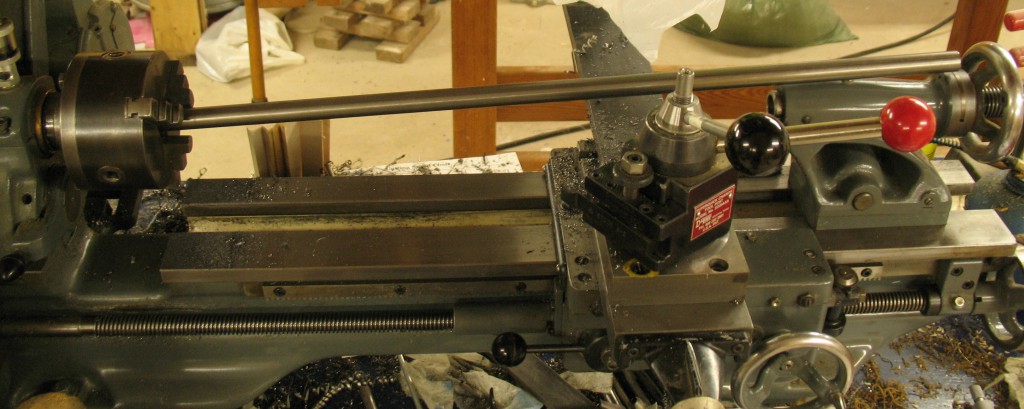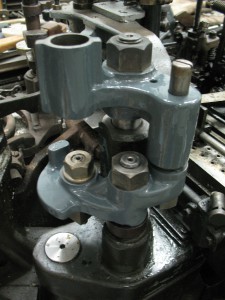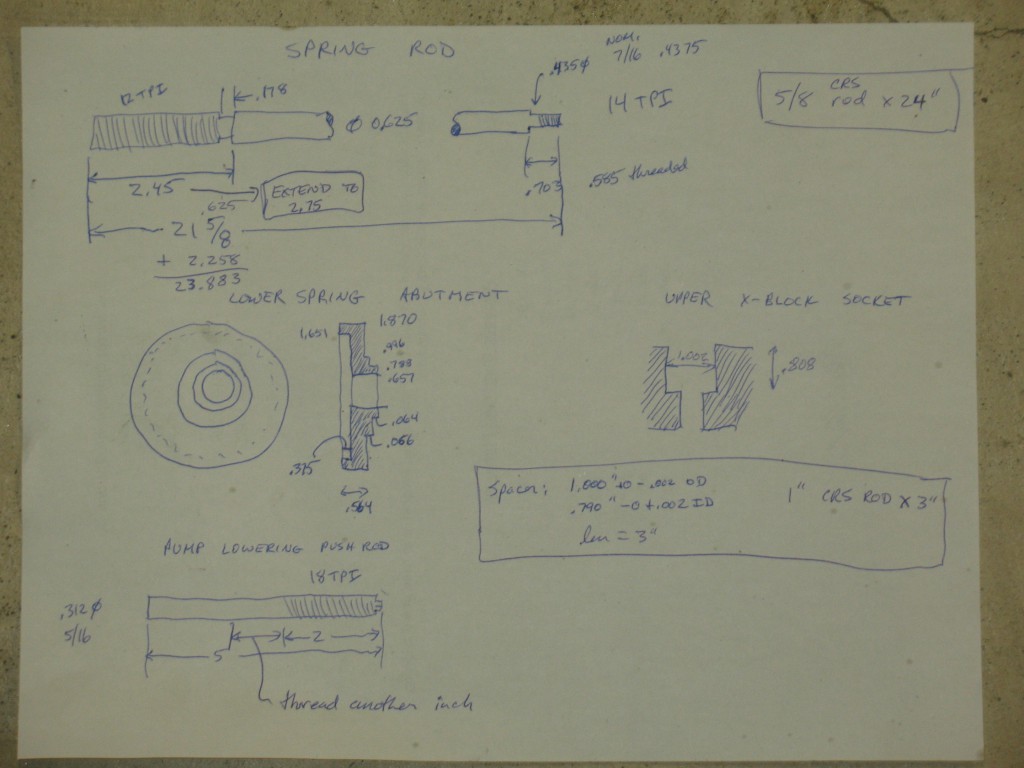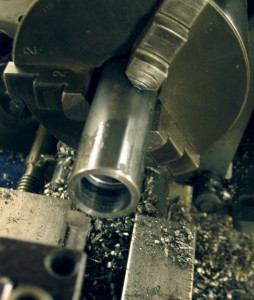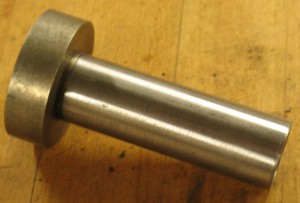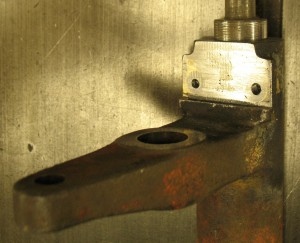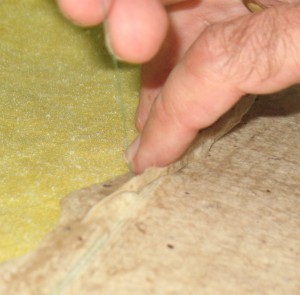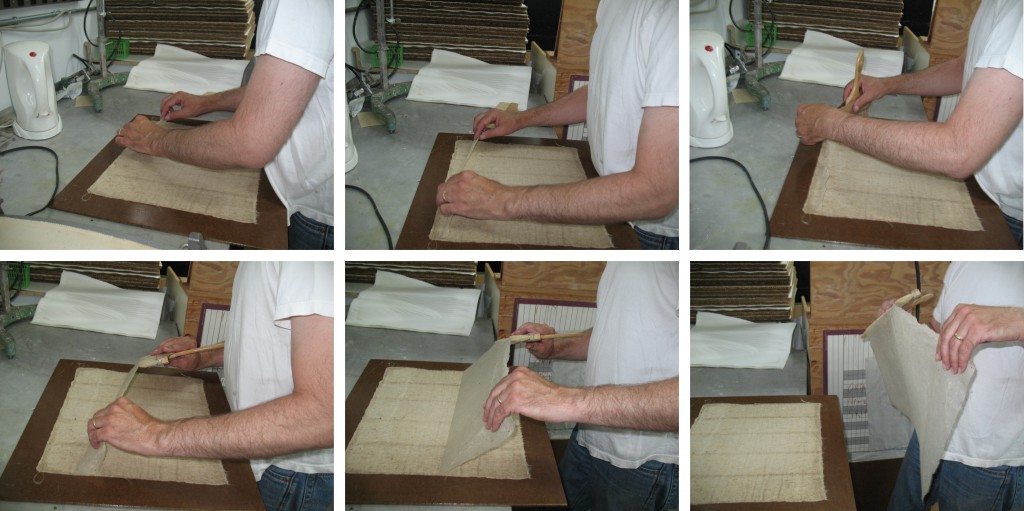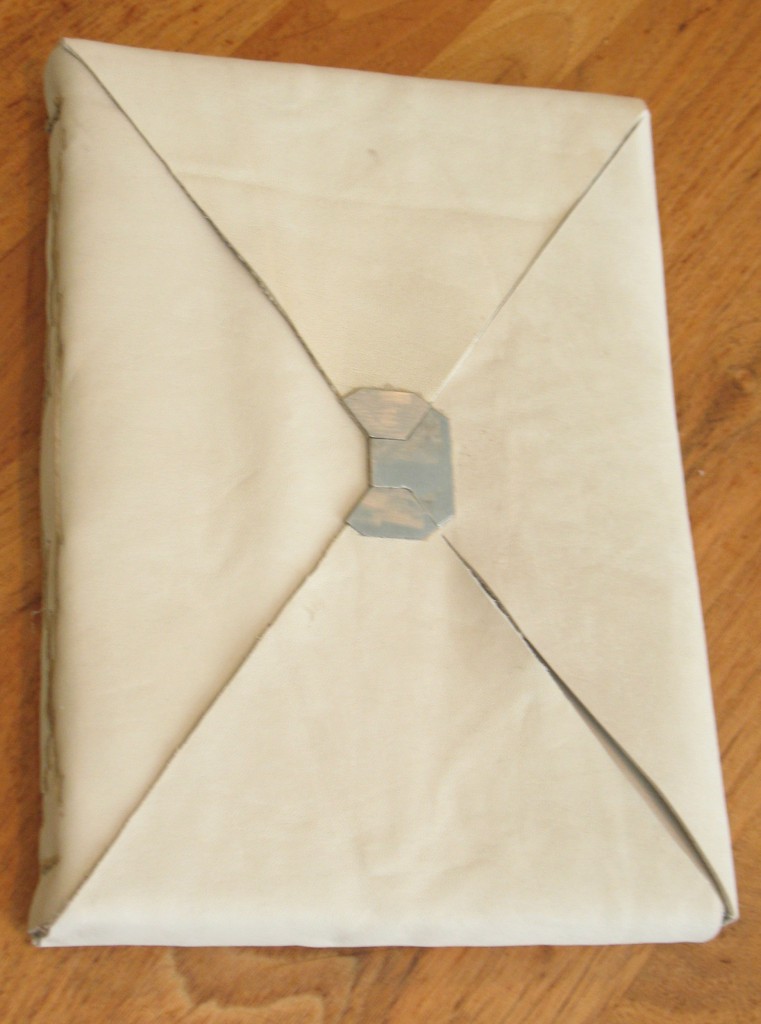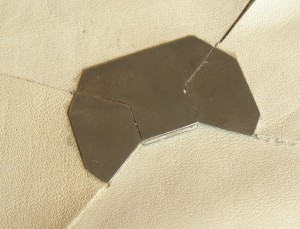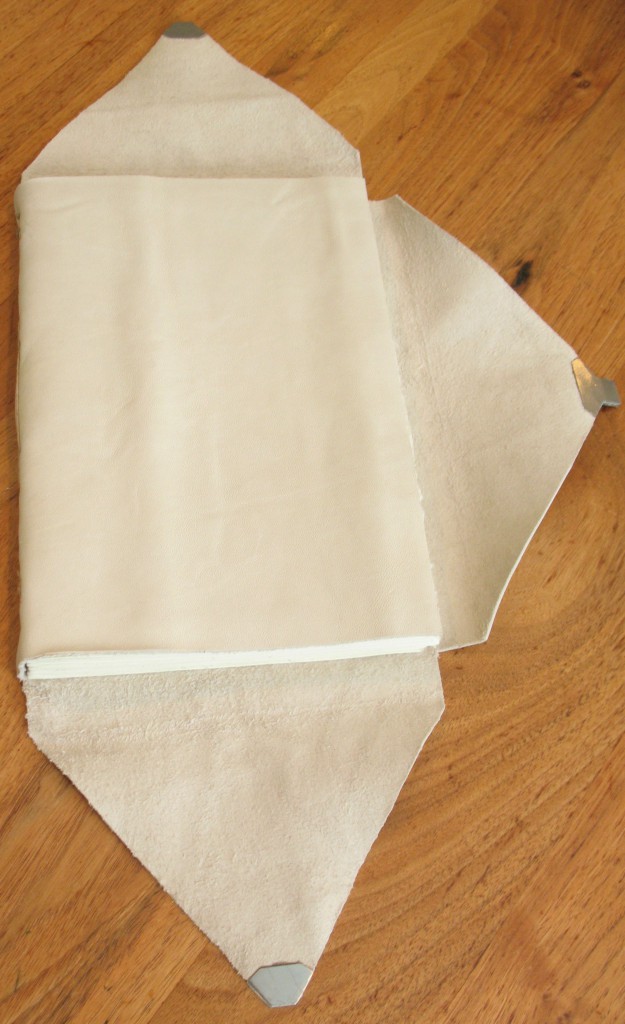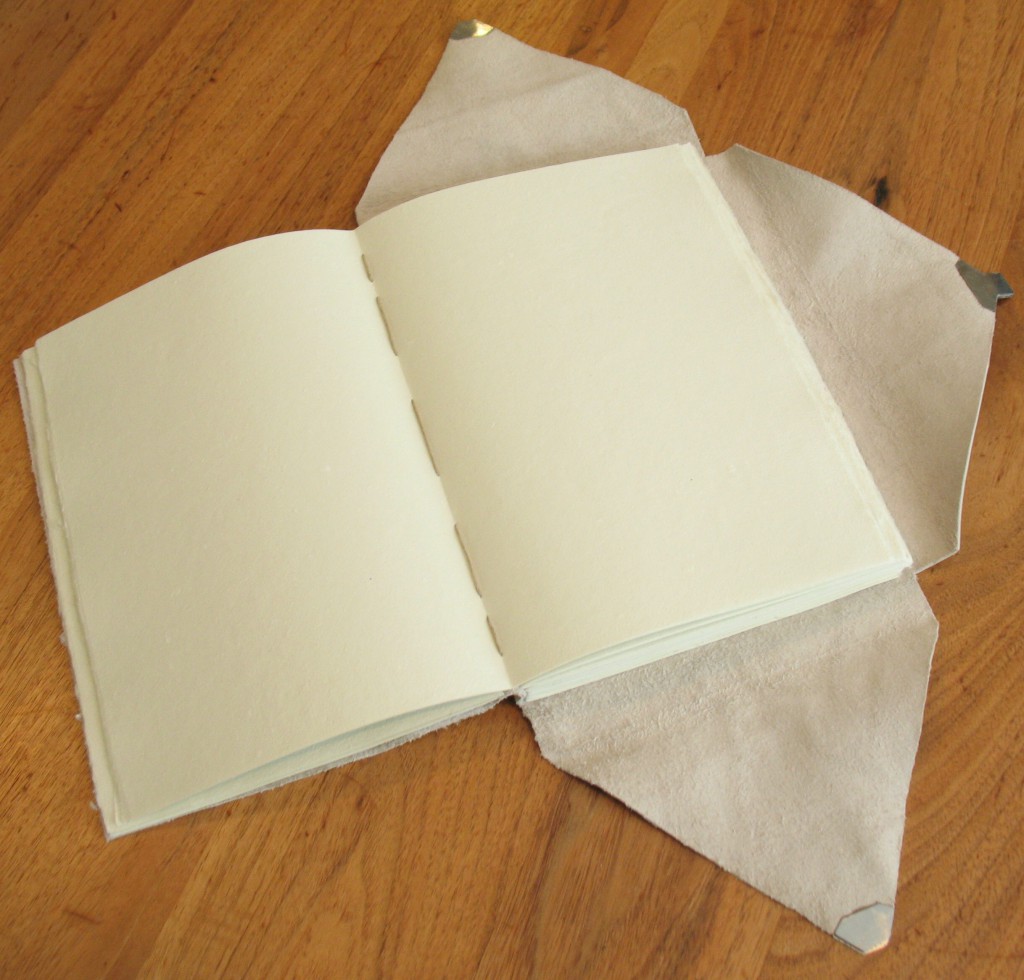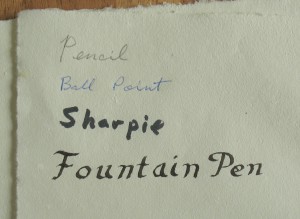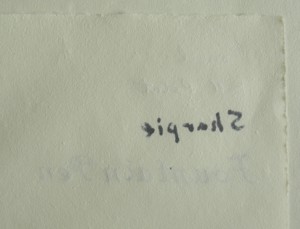Years ago we decided to stop carrying Premium Abaca pulp in our catalogue, but we ended up with this small remainder that was never sold.
Premium abaca pulp is made from abaca fibres specially selected for their light colour, thus resulting in a pulp alomst as pale as bleached abaca without the need for bleaching. As with our regular abaca pulps, these can be used just by rehydrating them, or they can be further beaten in a Hollander beater to make crisper paper.
We have about 16kg (35 lbs) of this and we are selling it for our original price of $21.00 per kilogram with the usual quantity discounts (5% off for 5kg or more, and in this special case, 10% off if you take it all). As usual, shipping and taxes extra.
We also have a limited supply of eucalyptus pulp (our only wood-based pulp) which I will describe in a near-future post.
Feel free to contact us if you are interested in buying some of this pulp, or anything else in our regular catalogue for that matter.

